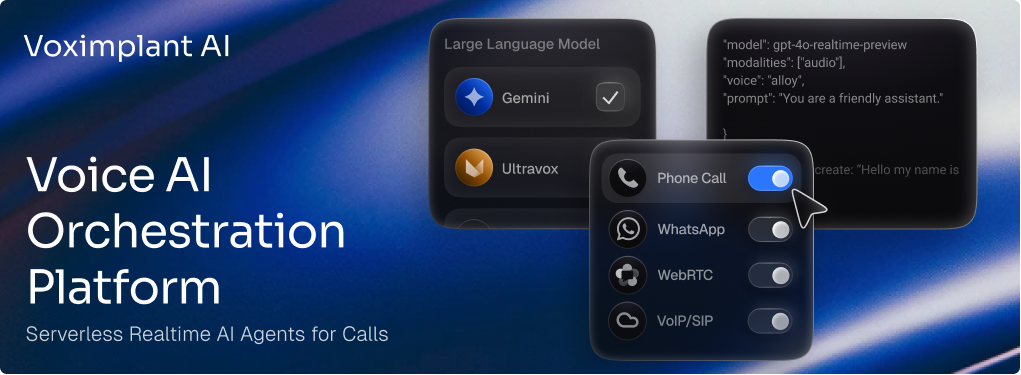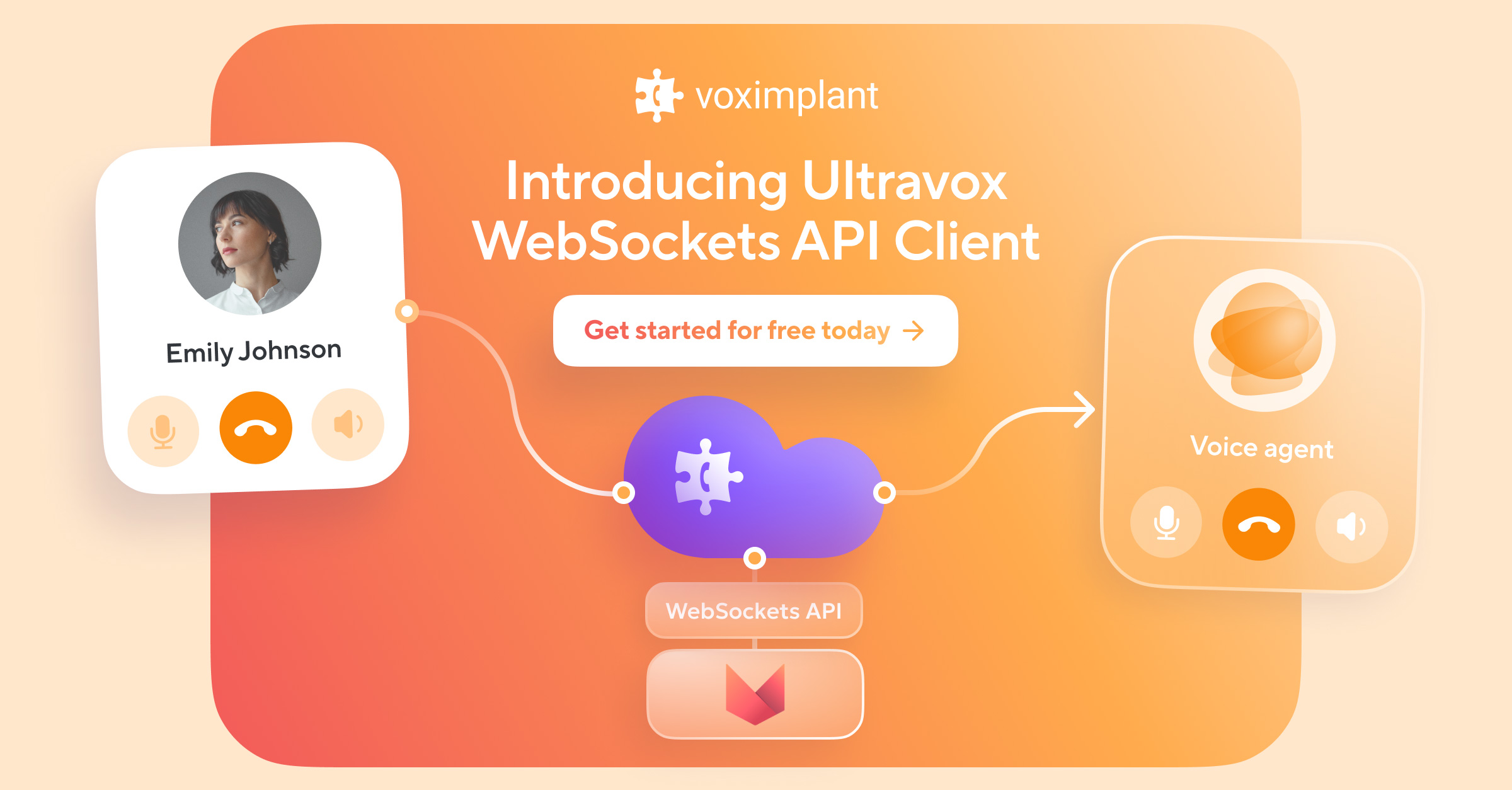For brands, the initial point of contact with their clients over the phone is typically your IVR (Interactive voice response). Despite the popularity of live chat and text messaging, 37% of customers in the United States prefer to use the phone to engage with a company. Thus, improving your phone infrastructure remains a wise decision for improving the customer experience.
Customers largely link their frustration in dealing with brands to the IVR system. Given that, a well-designed IVR can go a long way in creating a strong first impression and can smooth the customer journey. To meet and exceed your customers’ expectations, consider implementing an IVR system that is intuitive, intelligent and dynamically reactive to individual needs.
Customers attribute much of their dissatisfaction with brands to the IVR system. 56% of consumers find automated phone systems to be the most aggravating aspect of poor customer service. A well-designed IVR will do a lot to establish a good first impression and improve the client experience in today's contact centers. If you are looking to meet and surpass the expectations of your consumers, you should consider implementing an IVR system that is intuitive and intelligent.
A Poorly Designed IVR Negatively Impacts Your Call Center's Customer Service
It is a misconception that IVRs prevent agents from dealing with too many consumers; instead, they ensure that clients find the appropriate agent or department to handle their questions. Like hotel administrators meet and forward guests to rooms, IVRs distribute callers to needed departments.
After encountering hurdles like poorly designed IVRs with too many menu options and no way to contact a live agent, customers will believe that a company’s customer service is poor. Voximplant’s APIs, and drag and drop functionality helps IVR systems become agile to make changes based on customer feedback. Constant improvement is vital to call center success.
Improve Slow Response Times
Customer service interactions have a significant impact on future purchasing decisions. According to the CMO Council, consumers believe that having quick response times is the most important customer experience aspect. Customers who experience a positive interaction are more likely to continue doing business with that company, while those who experience a negative interaction may stop doing so. Nine out of ten consumers say they won't buy from a company after three or fewer poor customer service interactions.
It Can Put Customers in a Bad Mood
It is true that IVR automates customer experience in one sense, but it also relies on the customer to complete a task in the other. An automated voice provides the caller with several options that they must carefully listen to before reaching a live customer service agent. Smart IVRs, like Voximplant, improve menu options and call routing.
Customers May Switch Competitors
When a company's competitors offer a better customer experience, they can steal clients much more easily. Having a bad experience on an IVR can completely change a customer's opinion of a company, giving competitors easy access to these customers.
Having a contact center equipped with an effective solution, such as Voximplant, will give you the opportunity to position yourself as an appealing alternative for a dissatisfied customer.
You must invest in your customer experience if you want your customers to have a positive experience with your brand. According to Deloitte, 88% of companies put customer service first in their contact centers. Over two-thirds of businesses compete in large part based on customer experience, compared to just 36% in 2010. If you want to keep up with your competition, you must make changes.
What Makes Your IVR Smart?
An smart IVR system adapts the call flow based on the context the caller provides. At the beginning of a call, you prompt your consumer to provide information, or the information is obtained automatically by pulling from your CRM - such as past call history - with their current profile in order to proactively identify them. As IVRs gather information and adjust menus, they build a profile of the customer and their needs.
Using previous interactions, the IVR can connect with the cloud call center software and adjust the flow as necessary once a consumer has been recognized. Let's imagine a customer who telephones for the second time because of a financial issue. With a static IVR menu, the option to connect to the correct department may be the fifth thing your customer hears before the right choice is made, allowing them to listen to four different possibilities before they hear the correct choice. Having to listen to unnecessary menu items may irritate customers. Conversely, a smart IVR allows the customer to connect to the appropriate department faster in the IVR menu based on their past interactions.
The connection between clients and businesses today may begin and end on the same channel. For example, the connection may begin online and then progress to a phone call. IVR systems can also detect these cross-channel interactions and adjust menu selections in response through omnichannel integration. IVRs do not always incorporate these omnichannel capabilities. The best-in-class systems, on the other hand, can create omnichannel engagements and dynamically adjust the IVR menu on the fly using context from different channels. This raises the dynamic IVR's capabilities to a new level of customer service.
IVR Systems: What You Need to Know
Well-designed IVR menus improve the client experience at the contact center. For small and medium-sized businesses to match this level of experience, they need effective communication strategies, as well as technology that automates portions of this process. As a result, you should consider the impact of an IVR system on your call center operations before implementing it.
Here are some measures you can take to achieve that crucial insight.
1. Understand the caller's journey
For your call center to provide excellent customer service, you first need to understand the experience of the current callers. Put yourself in the callers' position. Test your system by making test calls and observing how your calls are routed and the time it takes to route them. Consider how the number of options on an IVR menu affect the customer experience.
2. Assess your call routing
You should then evaluate your current call routing system based on your experience with the call center. Consider creating a standardized form to record your findings.
You will then be able to compare the outcomes of assessments carried out at different times. It's important that you identify flaws in your set-up that can be fixed in the future to make your service better.
3. Take a look at your call center metrics
When reviewing various call center metrics where IVR systems can make a significant difference, you should use data as part of your review. Call center metrics to look at include the abandonment rate, the average handling time, and the call containment rate.
An IVR should reduce abandonment rates while also achieving the highest possible call containment rate - the percentage of calls handled wholly by self-service options in the system. Understanding these KPIs will help you to understand how your current IVR system impacts your customer service.
Additionally, an IVR system can help companies save money by reducing running costs. For example, 1 minute of IVR is three times (3x) cheaper than 1 minute of agent call time. Improving customer experience while improving call center KPIs is possible with an IVR system.
4. Review changes regularly as you make them
When implementing or upgrading an IVR system, it's important to evaluate the outcomes of any changes you make. Plan regular assessments of the customer experience to monitor the impact of your changes.
Take your time when implementing a completely new system and follow the steps described above. Then, compare your new results to the data from your original system.
5. Ask your customer service team members for feedback
Your customer support agents are the best ones to tell you when you implement your IVR system into your operations and if there are any significant changes with each passing day. Give them the opportunity to submit feedback on your IVR system as easily as possible.
Employees should have direct access to you if they encounter any problems. Your feedback loops should be timely and should highlight any critical issues immediately so management will know what to do. An environment like this allows you to deal with issues before they become major problems for your consumers.Furthermore, IVRs make it easy to collect information via surveys from customers instantly after a call is complete.
Changing the Customer Experience with IVR
After you understand how your current call center operations work, you can implement a new or more optimized IVR system that can benefit your company greatly. Provide your consumers with better, faster, and more personalized service with an intuitive IVR system.
Use the appropriate voice and tone in your messages
IVRs are often the first point of contact for new consumers. They allow you to communicate your brand messaging clearly and consistently from the start of the interaction. Consistency across all platforms and points of contact is a best practice that can assist you in creating the brand image you want.
You can build a sense of your brand through inbound and outbound communication by incorporating the same tone and style in your greetings and prompts. It's also a chance to promote to the customer while you're answering their queries or resolving support difficulties. For instance, instead of saying “press 1 for your credit card balance”, the IVR system can go through the user’s past history and then ask “Are you calling about your credit card balance?”.
Offer information about the wait time or the queue position
Even the best IVR system will occasionally require you to put callers on hold. While they wait, providing them with the right menu options may shorten their wait and alleviate their frustration.
The IVR system can include a message telling callers about the wait time. You can tell them where they stand in line and how long it will take them to speak with a representative. In cases of a long wait time, some call centers may even offer to call back the customer. By doing so, the customer does not have to wait while on the phone. With Voximplant Kit premium has a zero-effort callback option built in.
Make sure consumers can talk to a live agent at all times
The most commonly utilized options should be the first ones presented. As an example, you could offer a non-primary language at the end of the menu that would be useful to clients and respect their preferences. Data from your metrics can help you identify these alternatives.
IVR menus should always offer customers the option of speaking with a live representative. This is the first rule of an IVR menu, regardless of how easy it may seem that customers can navigate the menu.
Avoid distracting messages in your IVR menu
Long upfront messages, like marketing messages or redirections to other channels, cause callers to tune out and cease listening. It is the worst case scenario when callers hang up after demanding to speak with a live representative. IVRs should only say what a customer service representative would say if they answered the phone. Avoid saying messages such as “We appreciate your calling XYZ. Are you aware that our chat can provide faster responses? Listen now for more options."
Having simple, concise, and quick menu options is essential, with no unnecessary information on them. A maximum of 30 seconds should elapse between the beginning of the welcome message and the last major menu option. Voximplant Kit allows the unique ability to quickly build, test and refine different variants until you find what works best for your customers.
An example of concise menu options:
To create a new account, press 1;
To edit your existing account, press 2;
To close your account, press 3;
To contact a live agent, press 0, or hold on the line.
Using IVR for Enhanced Customer Service
Providing a superior customer experience begins at your contact center, which is the hub where many of your client interactions occur. Call center operations must therefore be of the highest standard to provide the best possible customer experience.
Your customers will receive a contextual IVR experience from your brand, and they will feel engaged and empowered with a seamless customer experience. With simplified IVR menus, customers can quickly address simple inquiries and have questions answered without having to repeat account information repeatedly. Personalized customer service tailored to their specific needs will make the process smoother and faster.
The right IVR can make or break your business. It can improve call resolution, reduce call handling times, and improve customer satisfaction. An IVR system could be the differentiation you need in customer support if you consider it an important part of your technology transformation.
Start building your smart IVR with Voximplant. Our IVR solution can be deployed 5–10 times faster than other call center operations. If you want to see our capabilities in action, reach out to our experts to set up a demo.





